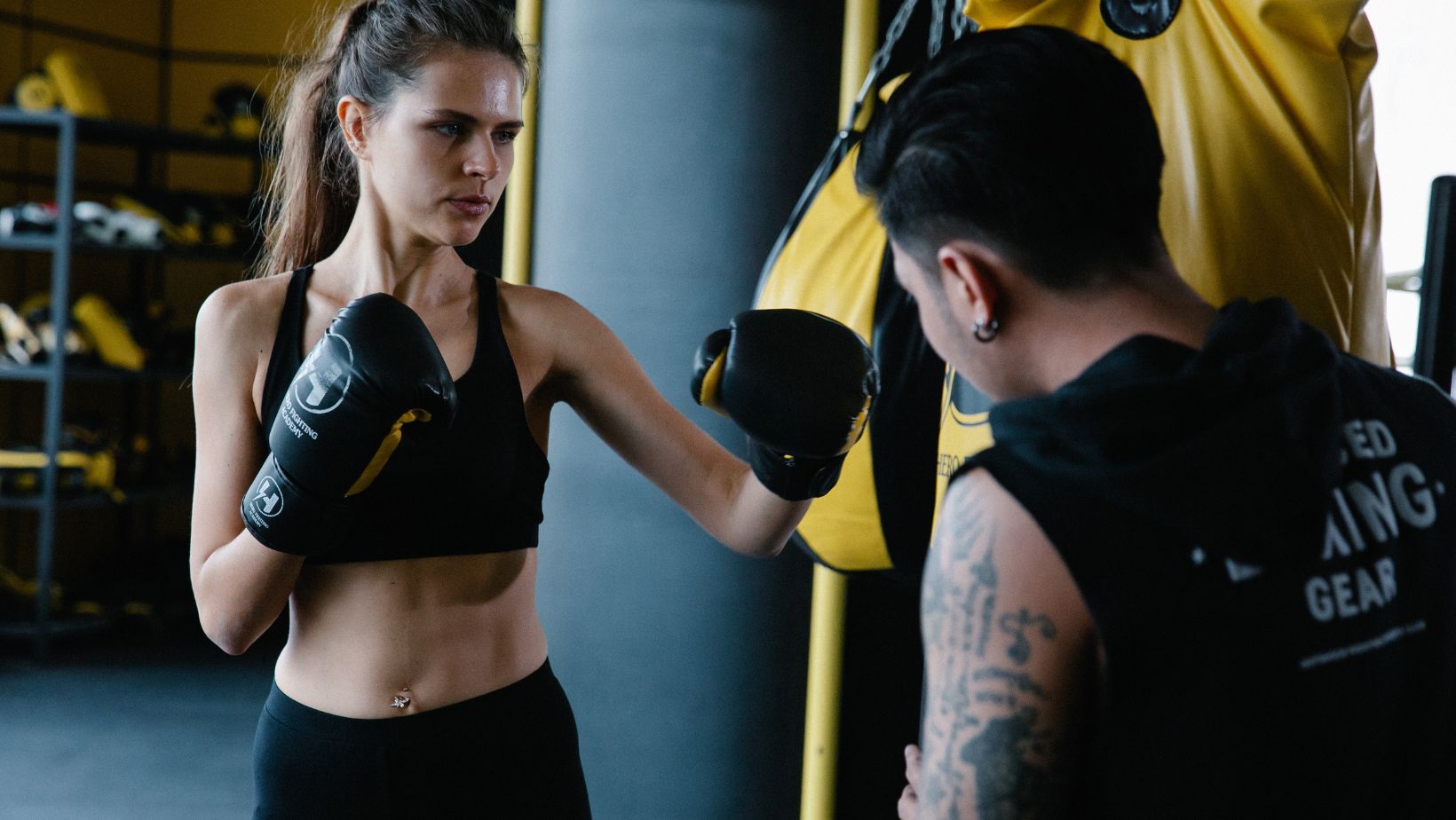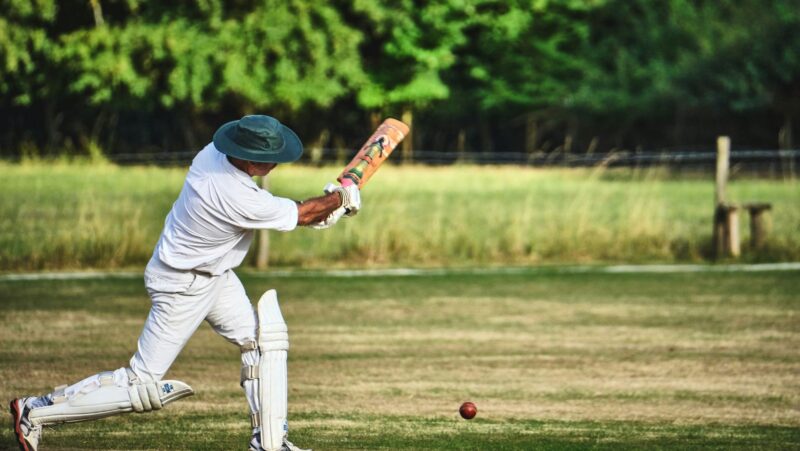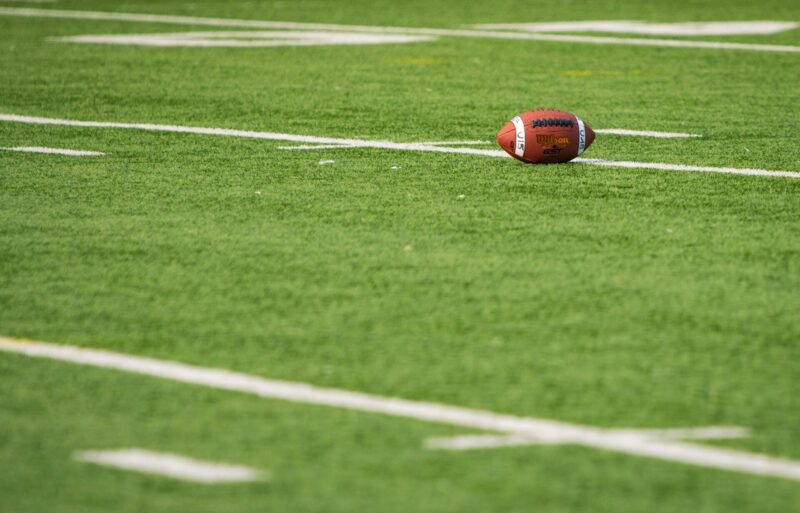
For many centuries people have fought bare-handed battles. Yet, before the preface of protective gloves and official rules, people used their fists to resolve conflicts and to entertain. The Bare Knuckle Fighting Championship (BKFC) now organizes pro matches that have replaced the earlier forms of the action.
But how did we get here? Let’s take a journey through time and explore its history right after you’ve checked out https://blog.20bet.com/ for the best online betting options there are!
Ancient Beginnings
The first recorded bare-knuckle combat matches were practiced in various ancient civilizations:
- Records show that the Sumerians fist-fought back in 3000 B.C. Similarly, proof from 1350 BC shows ancient Egyptians fighting hand-to-hand in similar battles.
- The Greeks established boxing as an official Olympic Games event when they incorporated it into their competitions in 688 BC.
- The combatants, known as pugilists, protected their hands by binding them with leather straps. They fought without restrictions for total victory, as time or weight categories did not exist.
- The Romans took this a step further when they added the cestus. This was a dangerous leather glove strengthened with metal. Its usage often resulted in massive injuries and even in participant fatalities. After the Roman Empire indeed outlawed this style, it disappeared from public memory for some time.
The Rise of English BKB
Bare-knuckle fighting resurged in 18th-century England, where it became a trendy underground sport. By the time the first recorded prize fight took place in 1681, and definitively by the early 1700s, the scene was alive and thriving again.
James Figg, considered the first English boxing champion, helped popularize the sport. He opened a training academy in London and promoted fights.
His student, Jack Broughton, introduced the first set of boxing rules in 1743 after witnessing someone die in the ring. These banned hitting a downed opponent and introducing the 30-second count. This would determine if someone was ready to continue or not.
During this time, partakers often used blocking, feinting, and footwork, but the grind was still brutal, with no gloves or time limits. Rounds often lasted for hours.
The Transition to Gloved Boxing
By the mid-1800s, the scene had become more organized, and the introduction of the London Prize Ring Rules in 1838 brought more structure. It banned certain strikes and introduced a square action area. Yet, such contests remained dangerous, with many suffering severe injuries.

In 1867, the Marquess of Queensberry Rules changed the sport forever. They introduced gloves, timed rounds, and weight classes. Over time, BKF faded into the background.
The Underground Era
Although officially banned in many places, the sport never truly disappeared. It survived underground, with fights in secret locations across England, Ireland, and the US. In some rural areas, such matches were a way to settle disputes or prove toughness.
During the late 19th and early 20th centuries, names like John L. Sullivan, the last recognized BKB Champ, helped transform the industry. By the 1900s, using gloves had taken over, and its forebearer remained illegal in most places.
The Cross-Buttock Throw
While BKB is mostly about striking, early participants also included wrestling-style throws. One of the most famous is the cross-buttock throw. It arose in 18th-century England and meant grabbing an opponent’s arm and pivoting. Then, they used their hip power to slam them to the ground.
This move was particularly effective when facing taller opponents. Daniel Mendoza, a champion in the late 1700s, used the cross-buttock throw to take down bigger and stronger opponents. His strategy of mixing defensive movement with grappling gave him an edge over stand-and-trade fighters.
Yet, as rules evolved, throws were eventually banned, shifting the focus to pure striking. While modern BKFC does not allow grappling, its principles are crucial for fighters looking to control the distance. This particular throw may be gone from the ring, but its influence can still be seen in combat moves today.
The Birth of BKFC
In the 21st century, bare-knuckle fighting made a comeback, but this time with rules, regulations, and safety measures. The Bare Knuckle Fighting Championship (BKFC) was founded in 2018 by David Feldman. It brought the sport back into the mainstream.

Unlike the brutal, lawless brawls of the past, BKFC follows strict rules to ensure everyone’s safety:
- Rounds should take place in a circular ring called the Squared Circle, and they are only allowed to punch, which means no elbows, kicks, or grappling.
- Each bout consists of two-minute rounds, with the longest duration being five rounds. One must undergo medical screenings and be cleared to compete.
- Despite these guidelines, these matches are intense. Without gloves, punches land harder, and fights often end in knockouts or cuts. Fans appreciate the raw, fast-paced action, which has helped the niche gain popularity.












